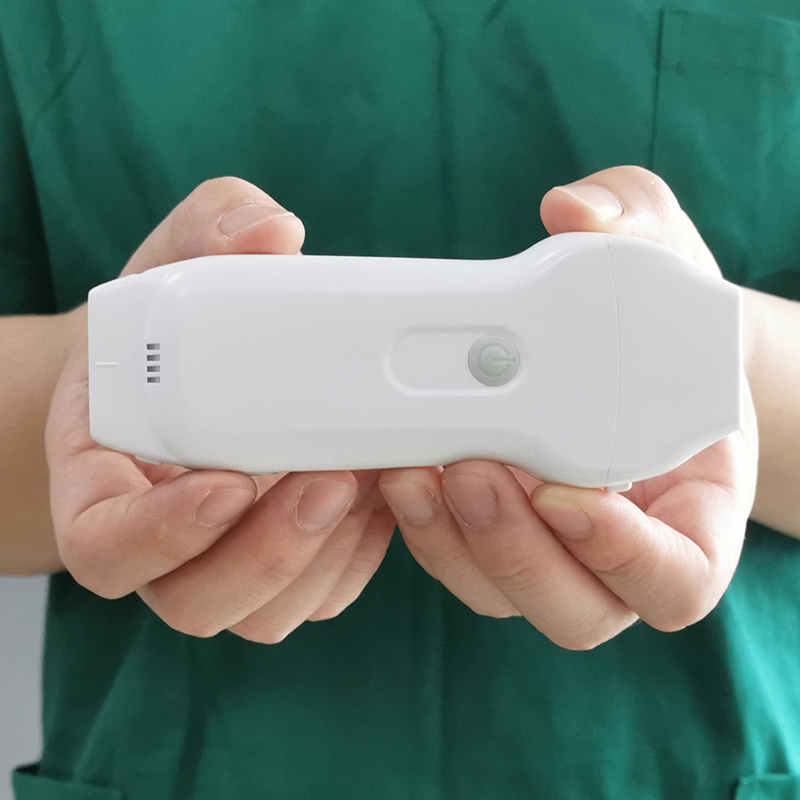Handheld ultrasound devices are becoming increasingly relevant in cardiology practice, offering cardiologists a portable and convenient tool for various diagnostic and point-of-care applications. Here are some ways in which handheld ultrasound devices are utilized by cardiologists:
- Point-of-Care Cardiac Imaging: Handheld ultrasound devices enable cardiologists to perform quick and focused point-of-care cardiac examinations at the patient’s bedside. This is particularly useful for rapid assessments in emergency and critical care situations.
- Bedside Echocardiography: Cardiologists can use handheld ultrasound devices for bedside echocardiography to assess cardiac structure and function. This can aid in diagnosing conditions such as heart failure, valvular diseases, and pericardial effusions.
- Routine Screening: Handheld ultrasound devices can be employed for routine cardiac screening, allowing cardiologists to quickly assess cardiac function and identify potential issues in outpatient settings or during regular office visits.
- Vascular Imaging: Cardiologists use handheld ultrasound for vascular imaging to assess blood flow, detect vascular abnormalities, and evaluate the carotid arteries. This is crucial for assessing the risk of stroke and other vascular conditions.
- Emergency and Critical Care: Handheld ultrasound is valuable in emergency and critical care situations, where immediate cardiac assessments are needed. It aids in quick decision-making and helps guide interventions.
- Portable TEE (Transesophageal Echocardiography): Some handheld ultrasound devices offer transesophageal echocardiography capabilities, allowing cardiologists to perform comprehensive cardiac imaging, especially when a traditional TEE may not be readily available.
- Monitoring Cardiac Function During Procedures: Cardiologists can use handheld ultrasound to monitor cardiac function in real-time during certain procedures, such as cardiac catheterization or interventions.
- Education and Training: Handheld ultrasound devices are useful for teaching and training purposes in cardiology. They allow trainees to gain hands-on experience in performing and interpreting cardiac ultrasound exams.
It’s important to note that while handheld ultrasound devices offer convenience and portability, they may have limitations compared to larger, more specialized echocardiography machines. The choice of ultrasound equipment depends on the specific clinical needs, the type of examinations required, and the expertise of the cardiologist using the device. Additionally, advancements in technology may lead to continuous improvements in the capabilities of handheld ultrasound devices for cardiology applications.
